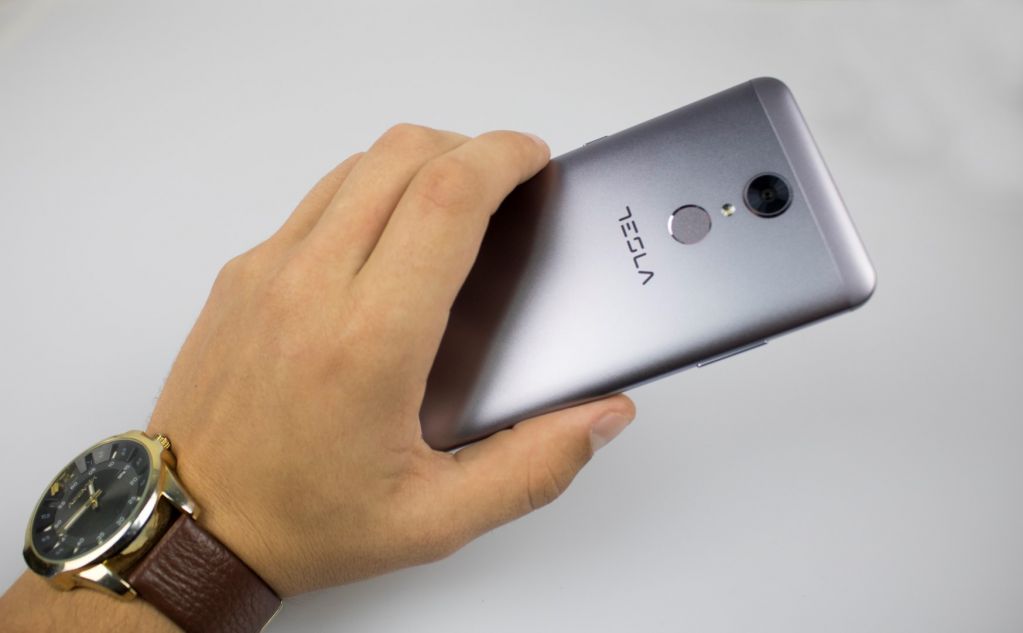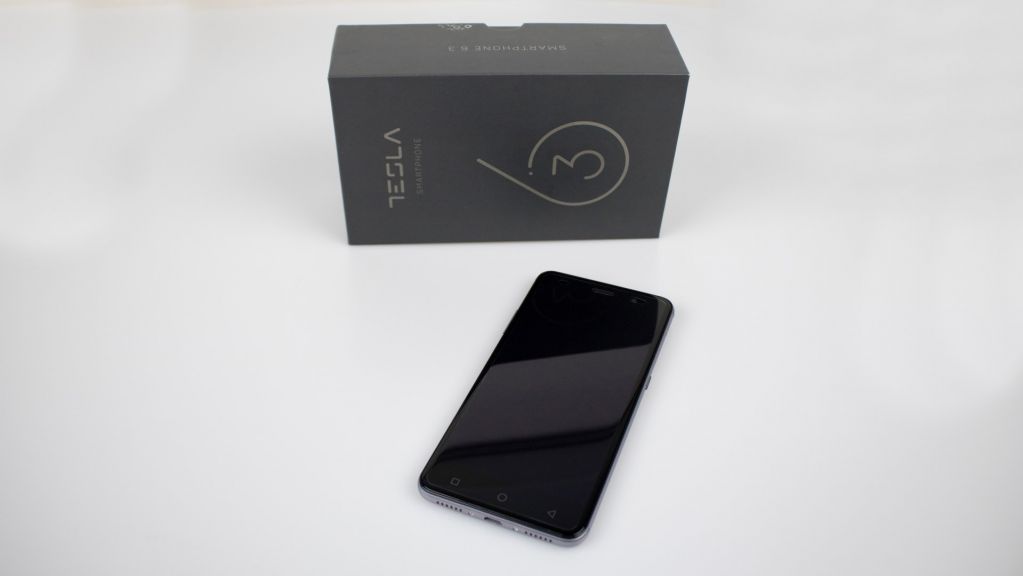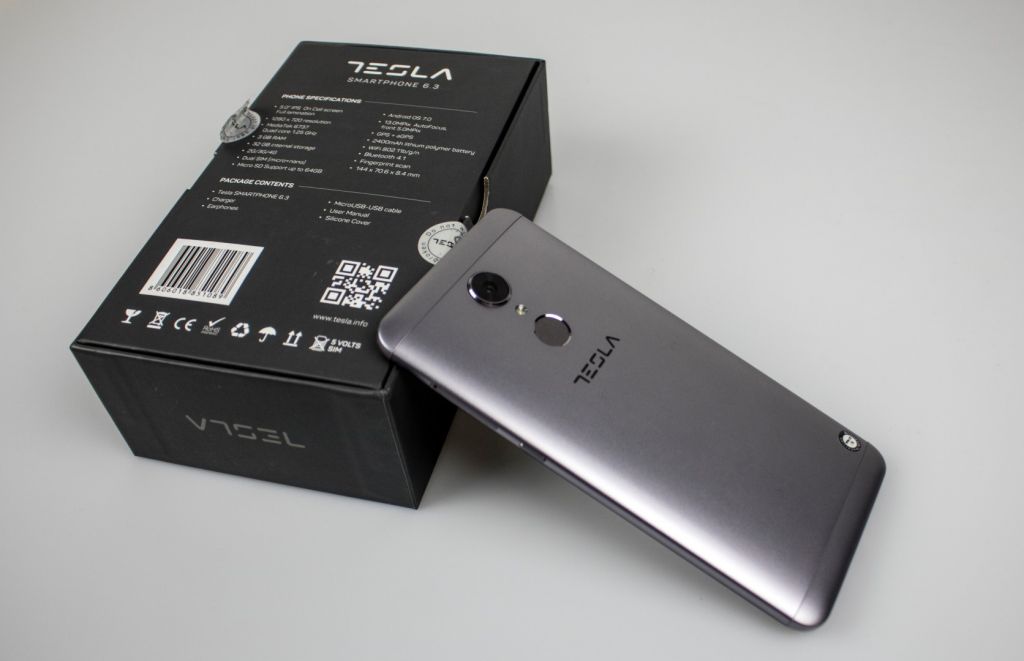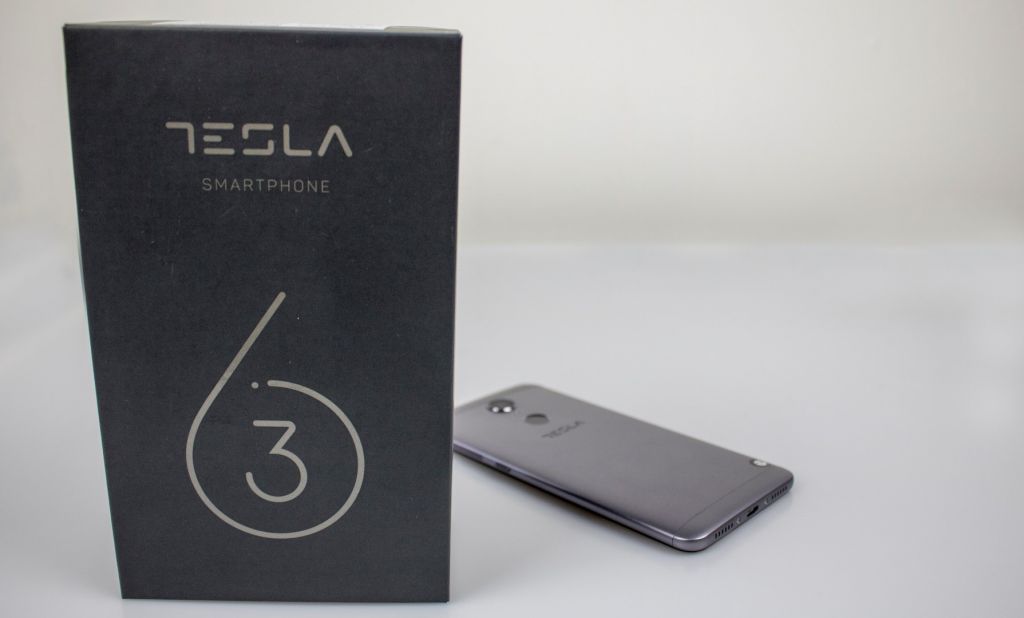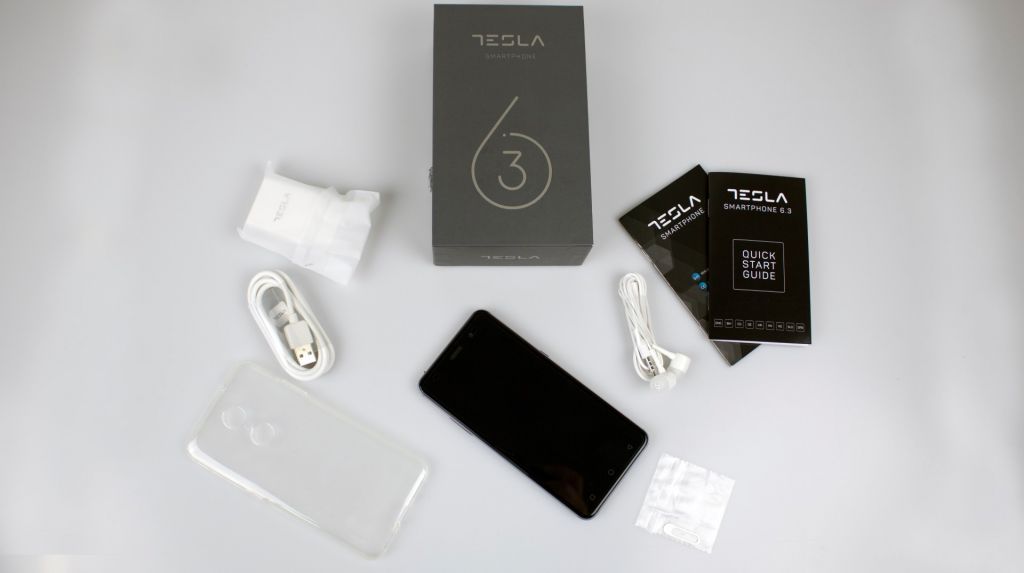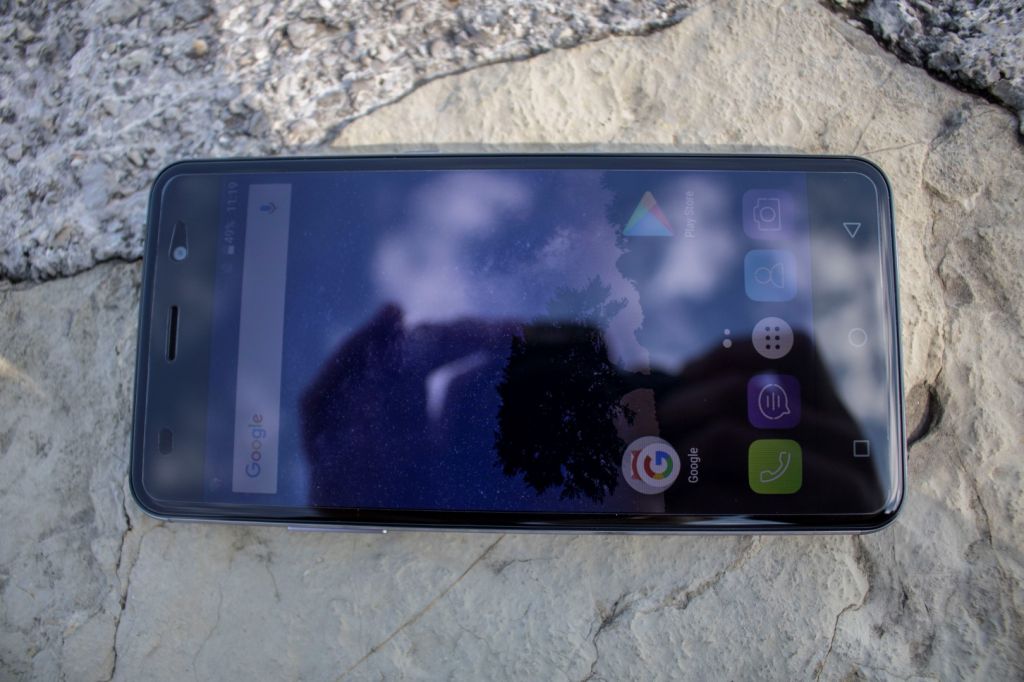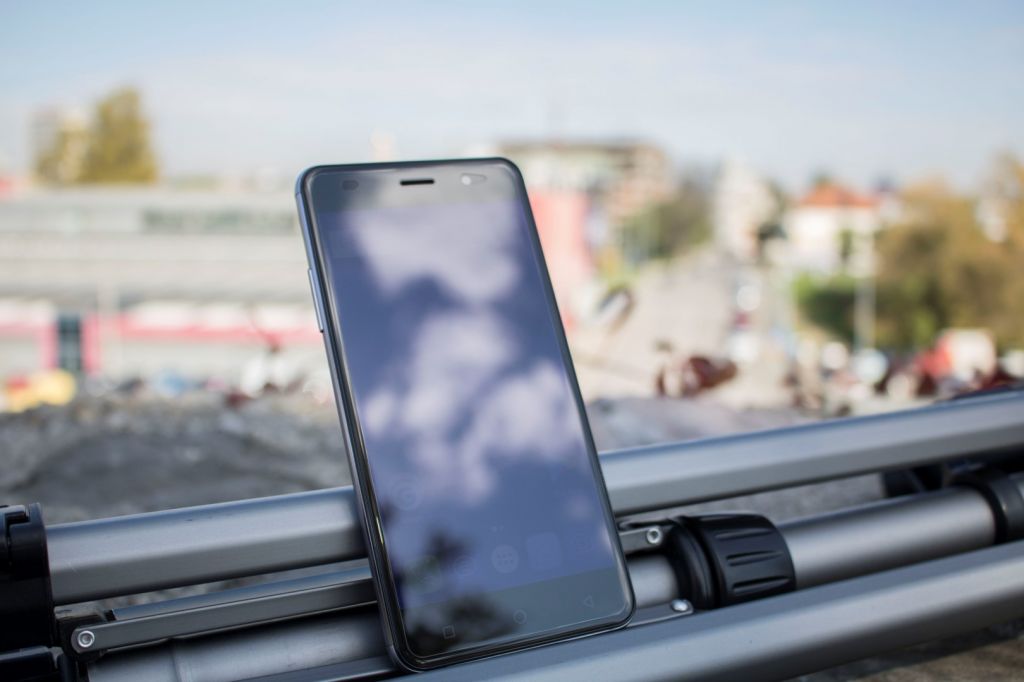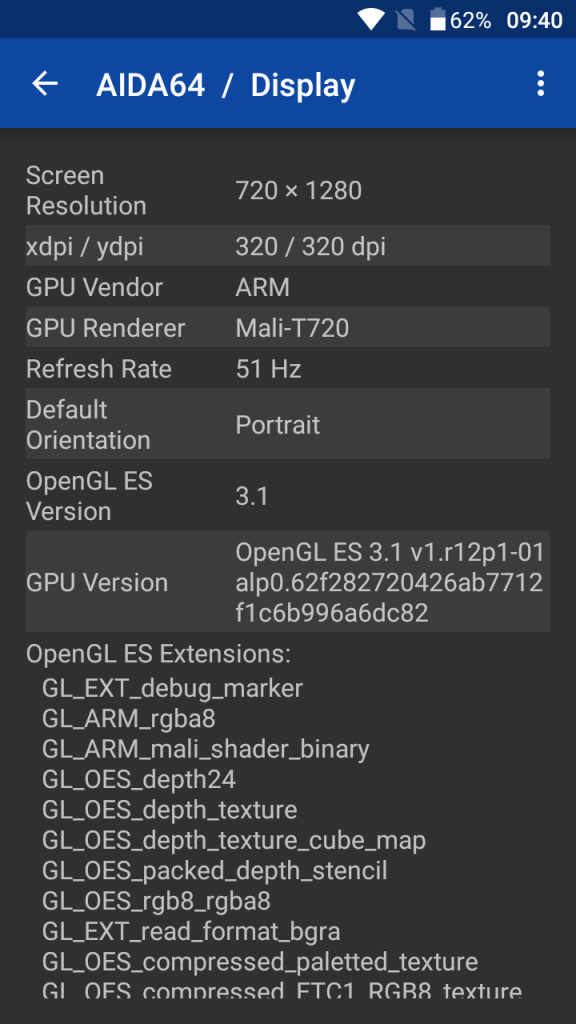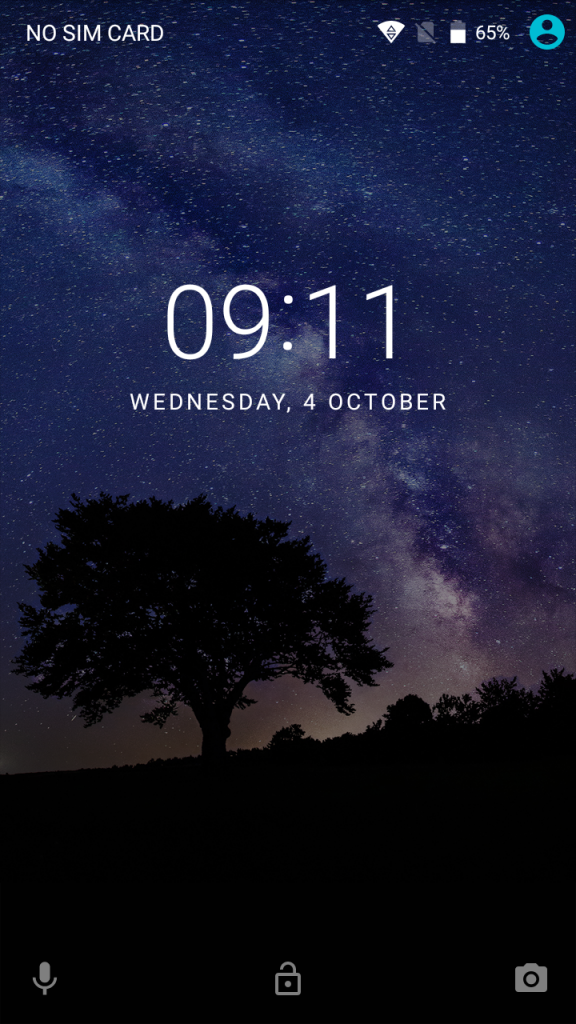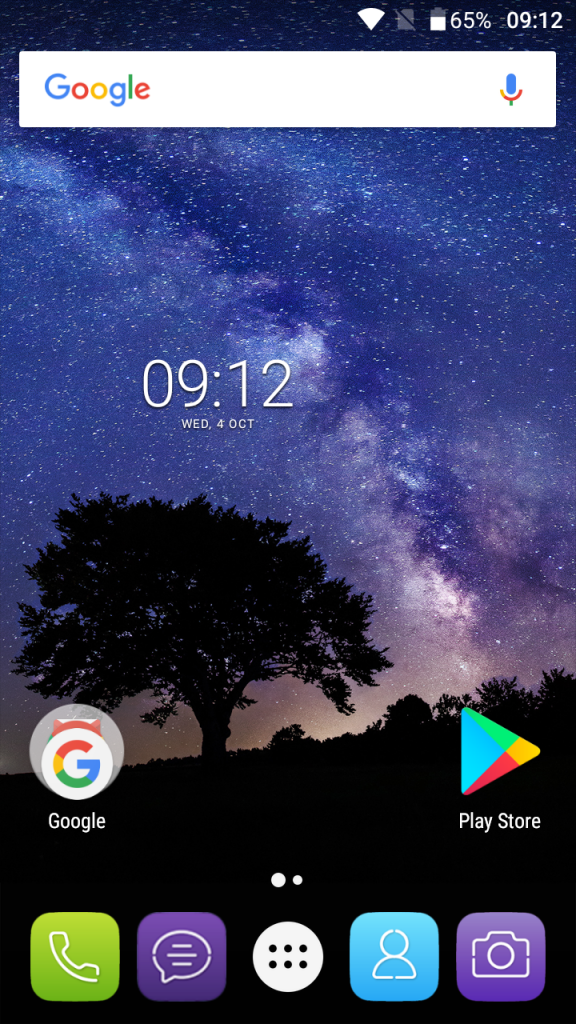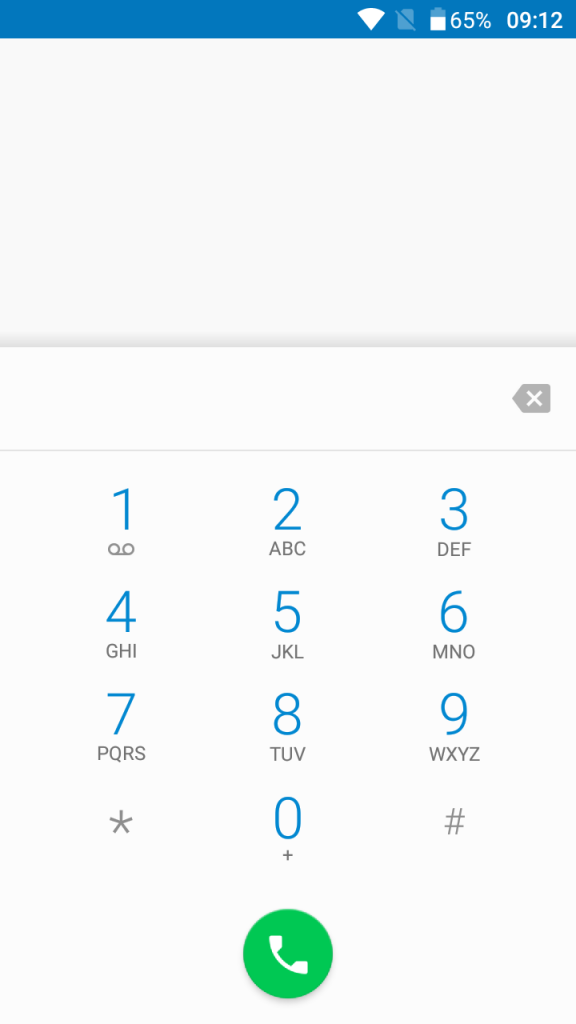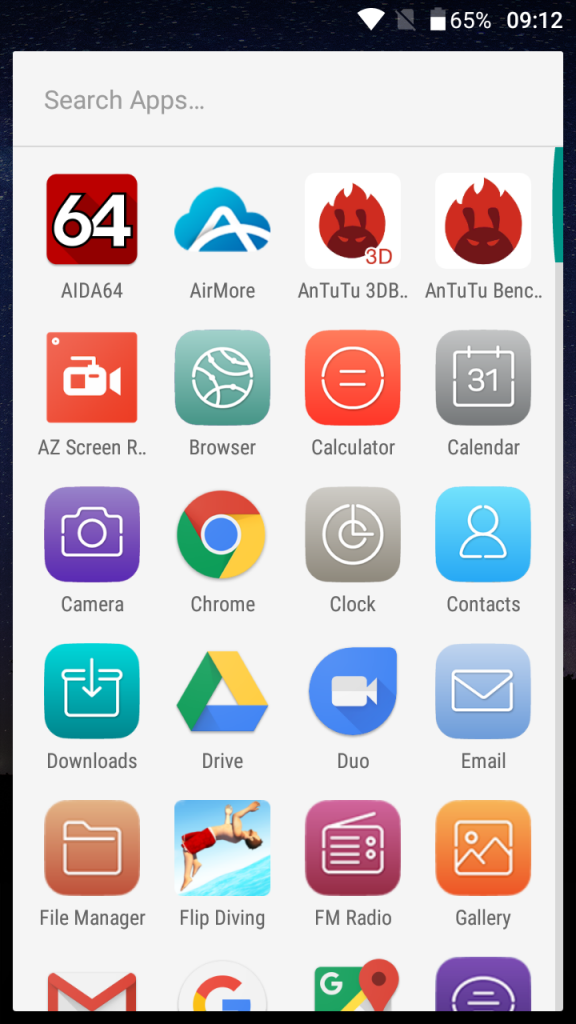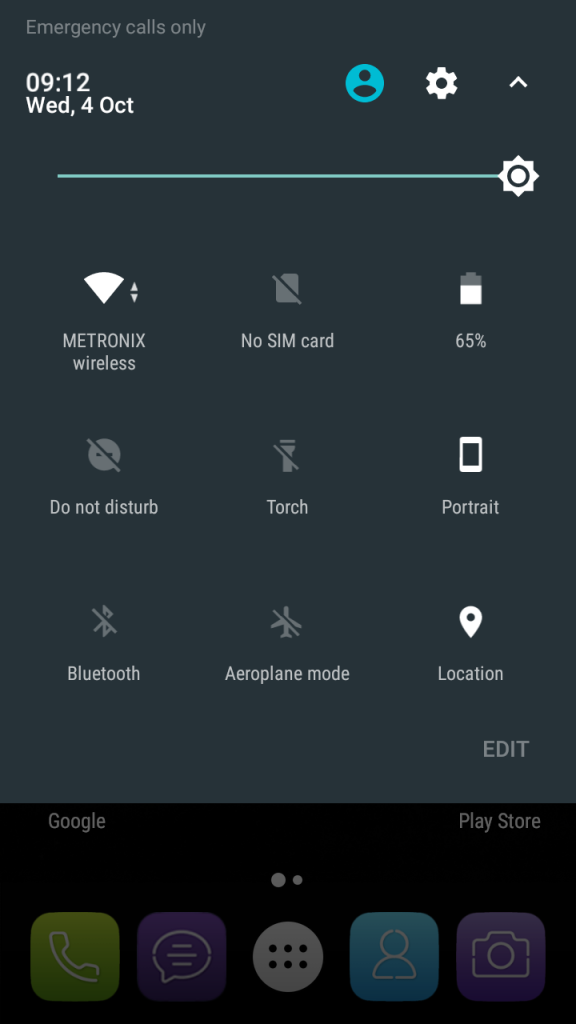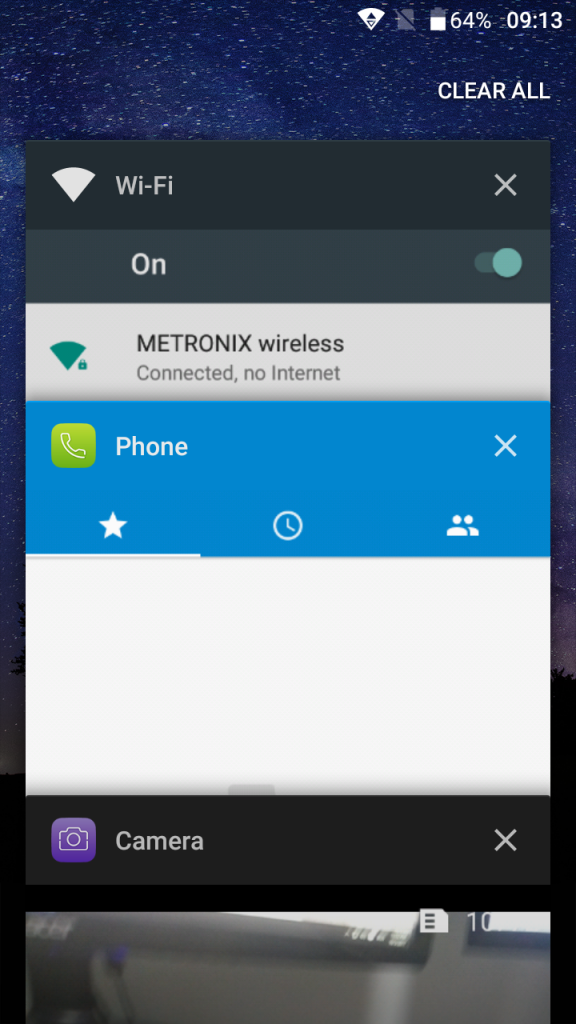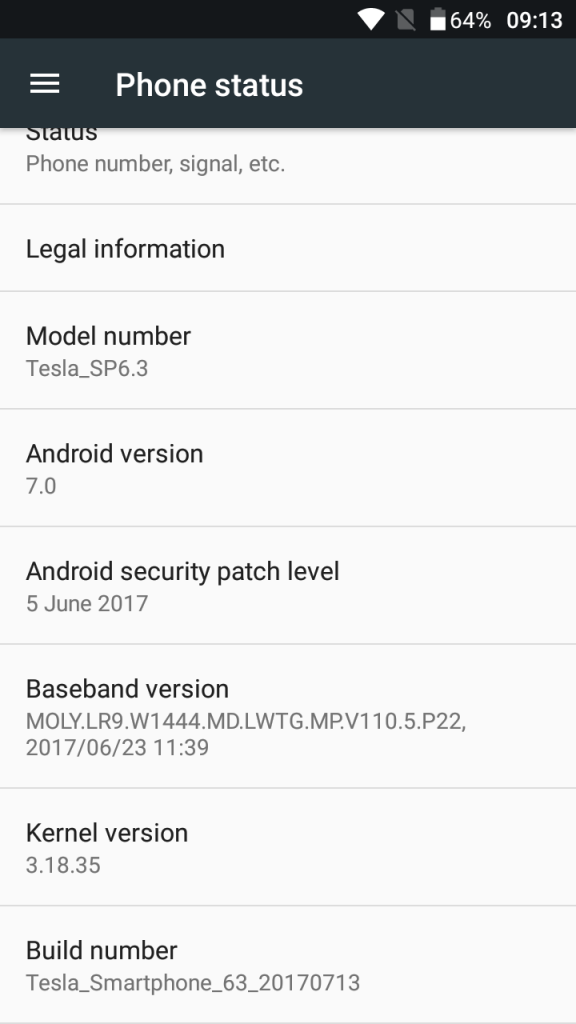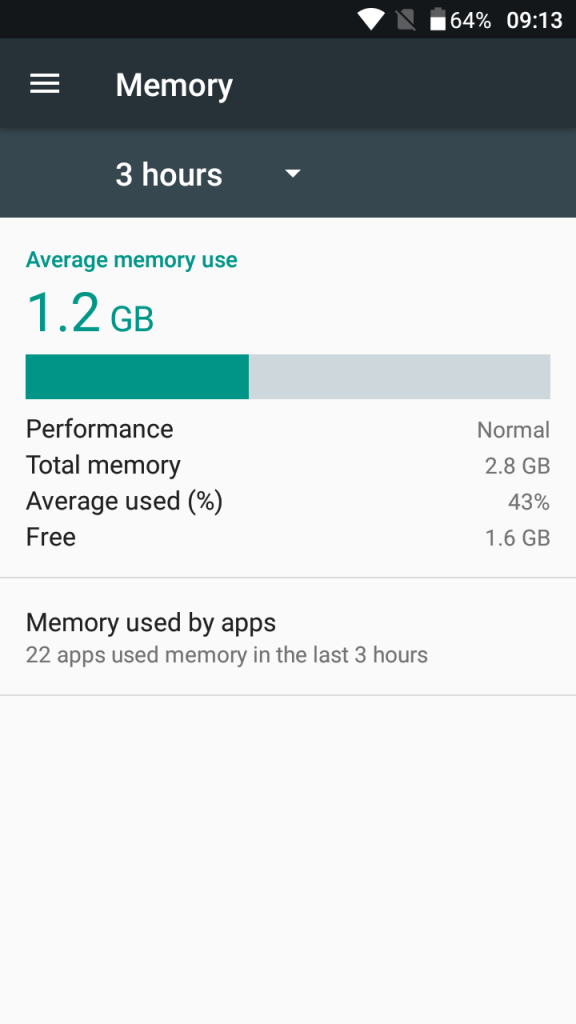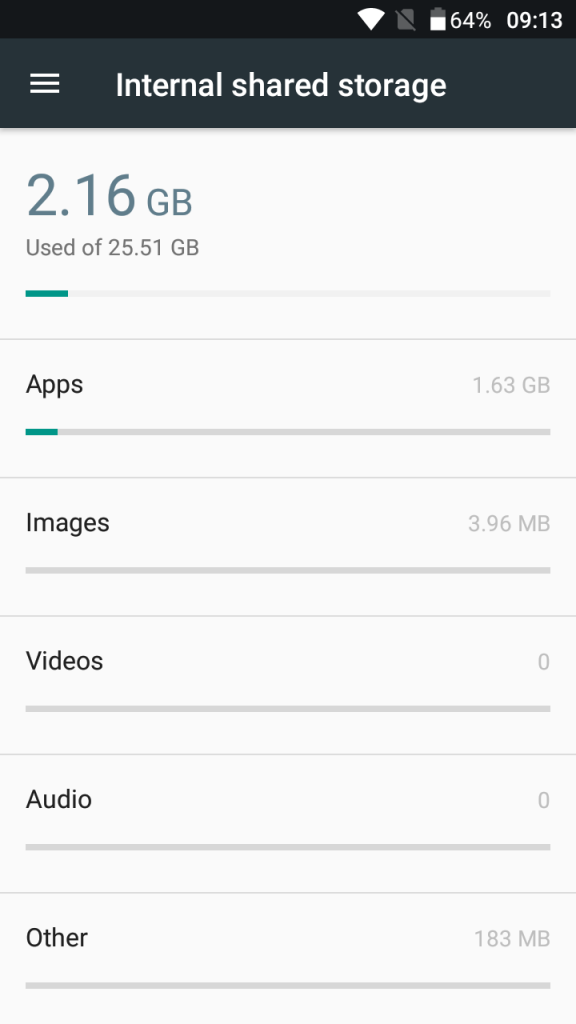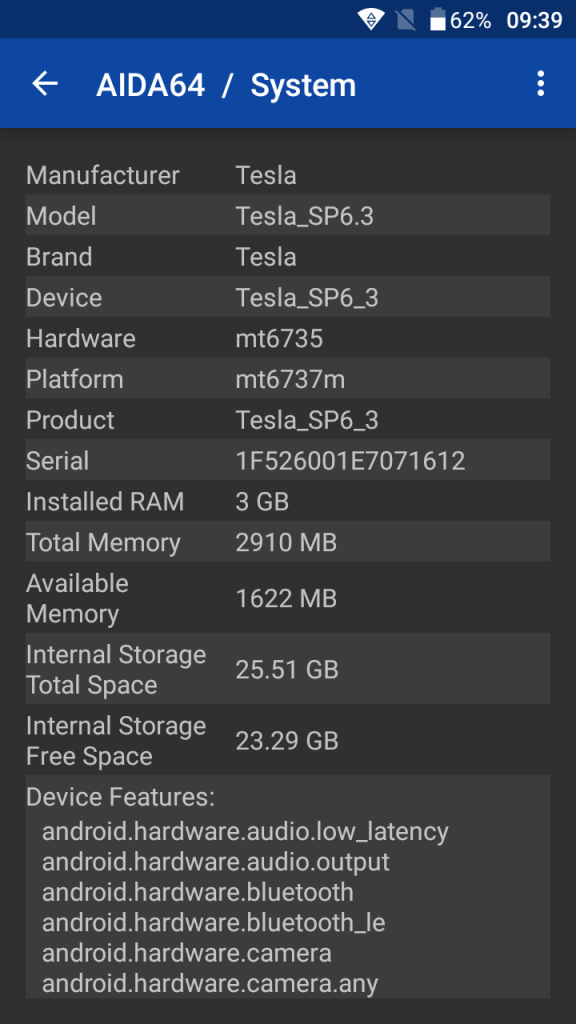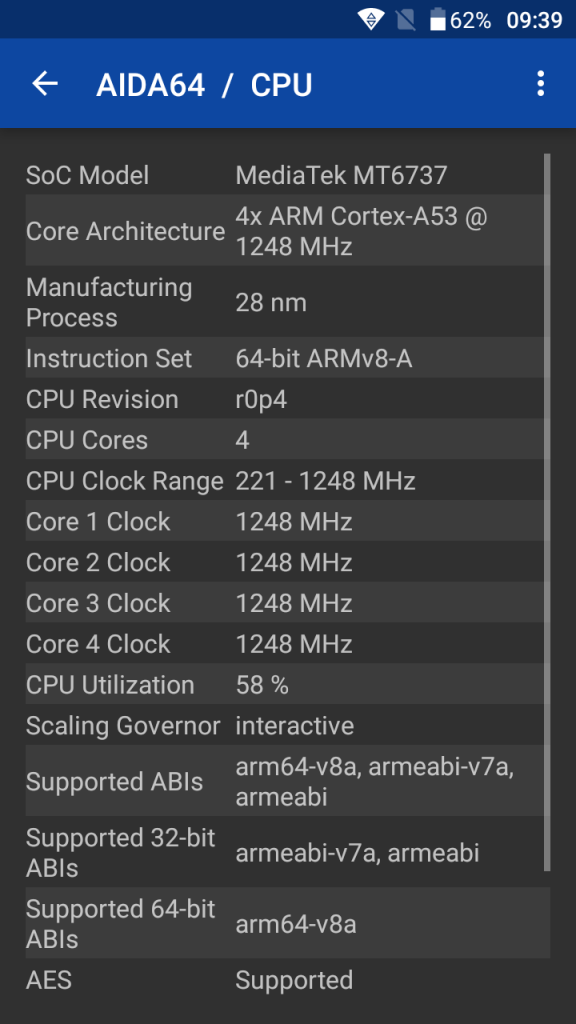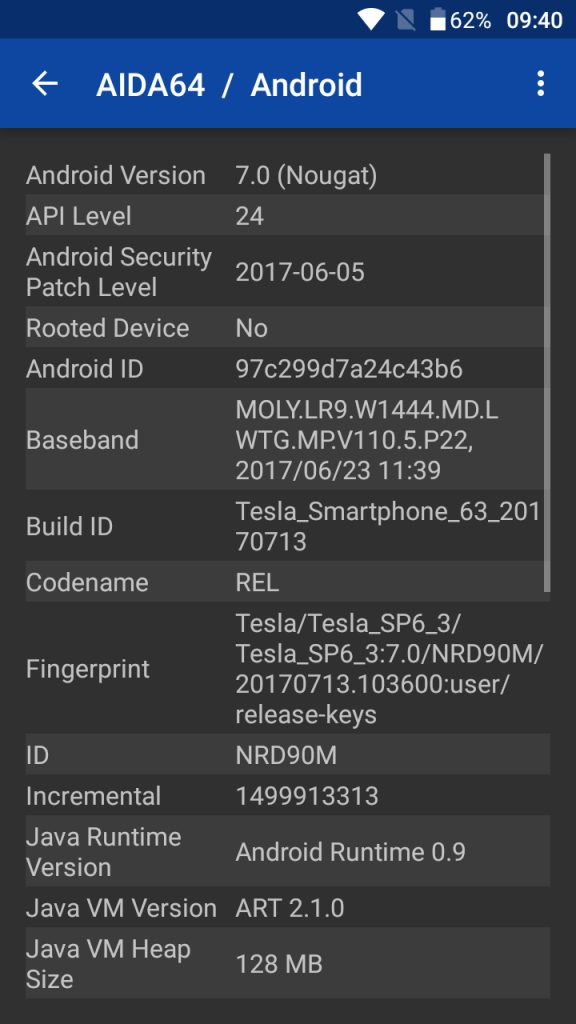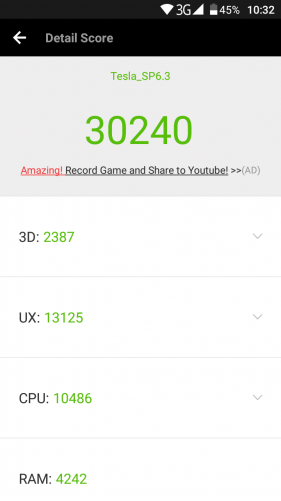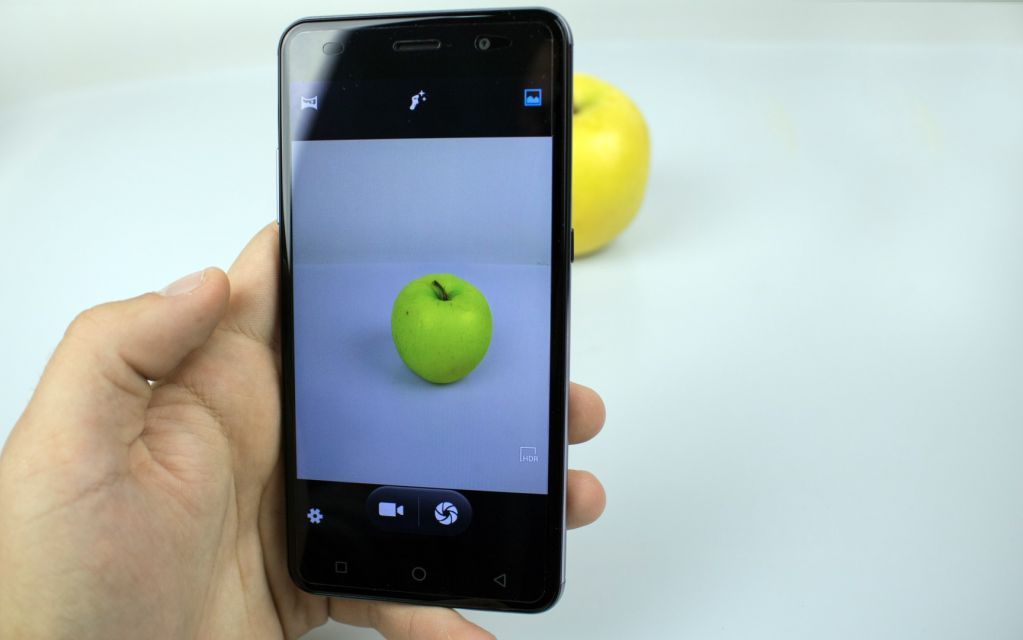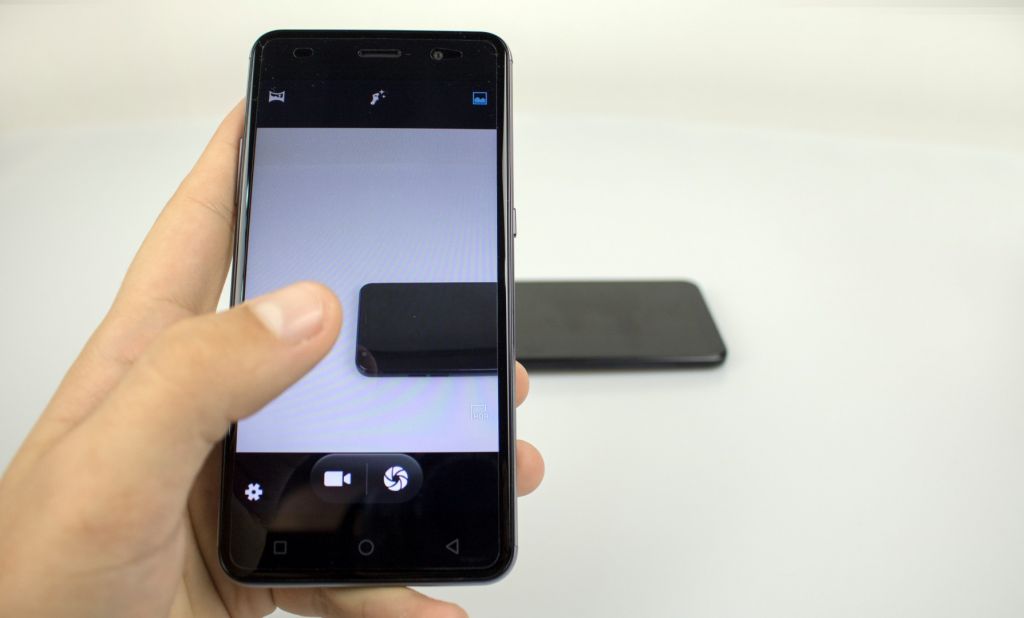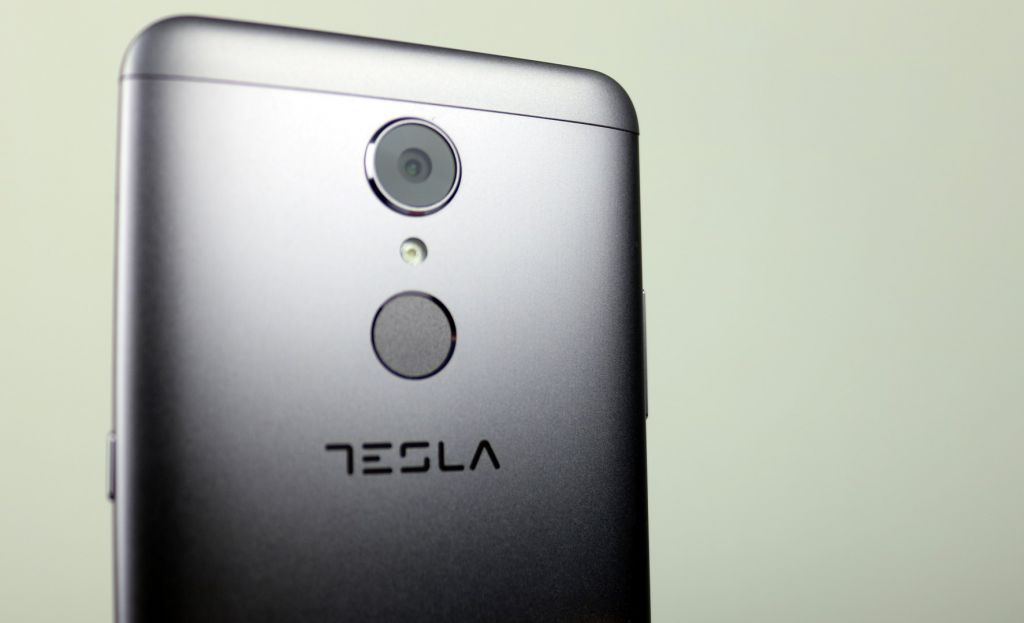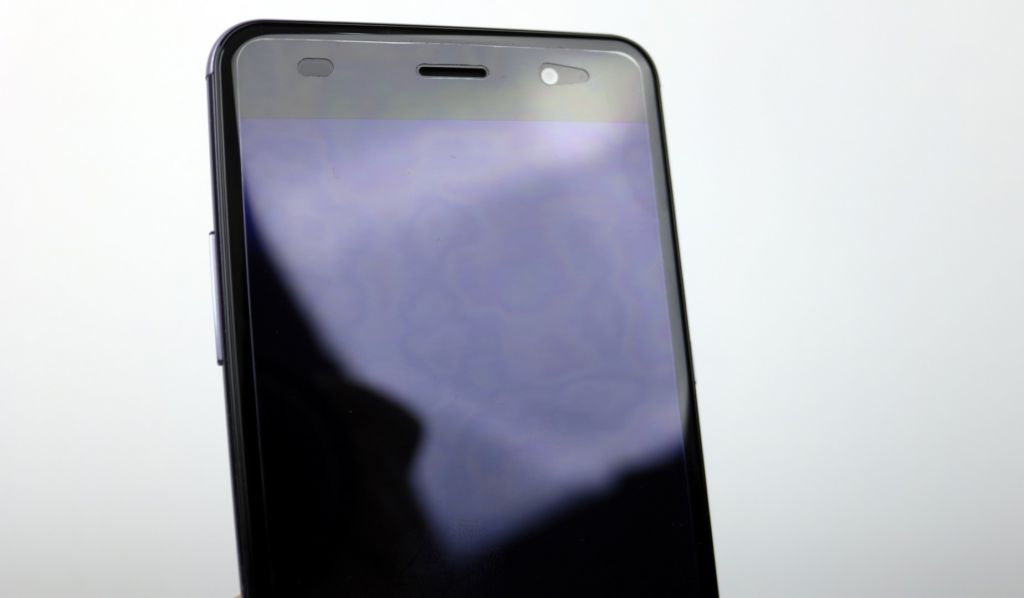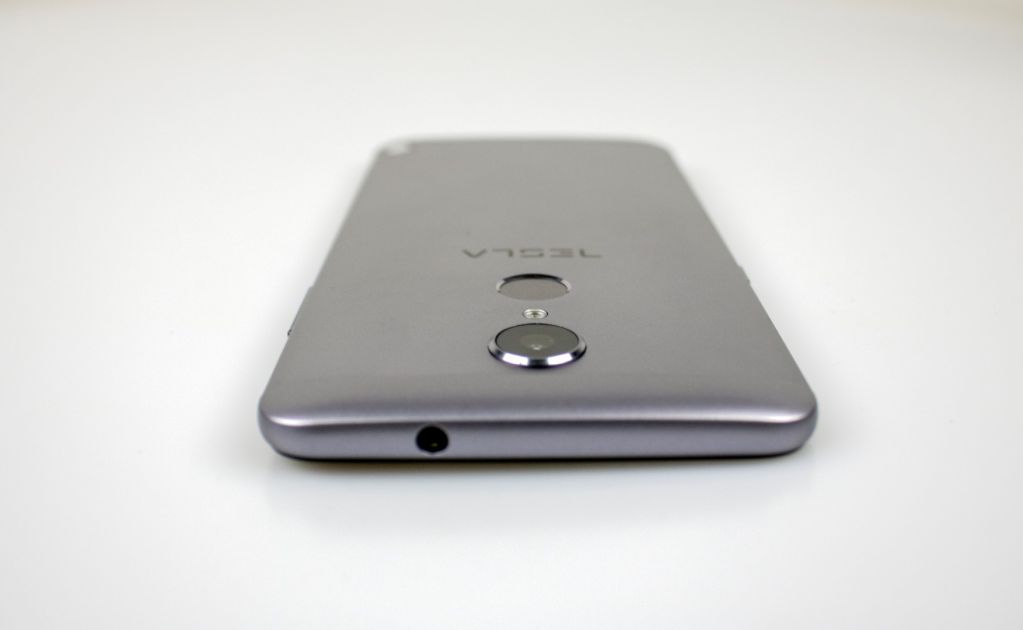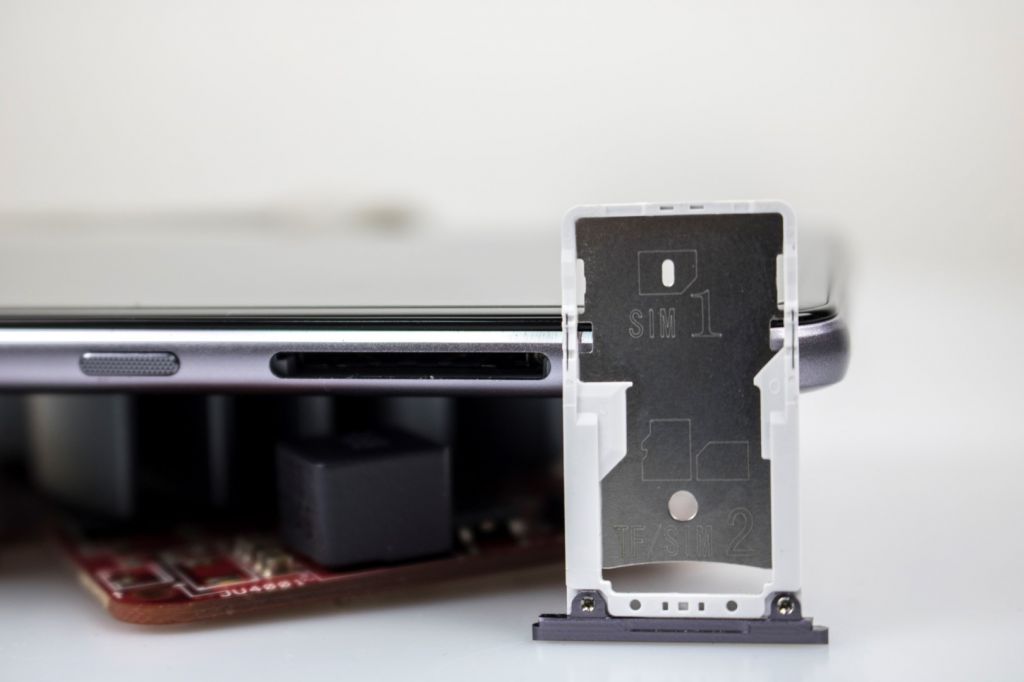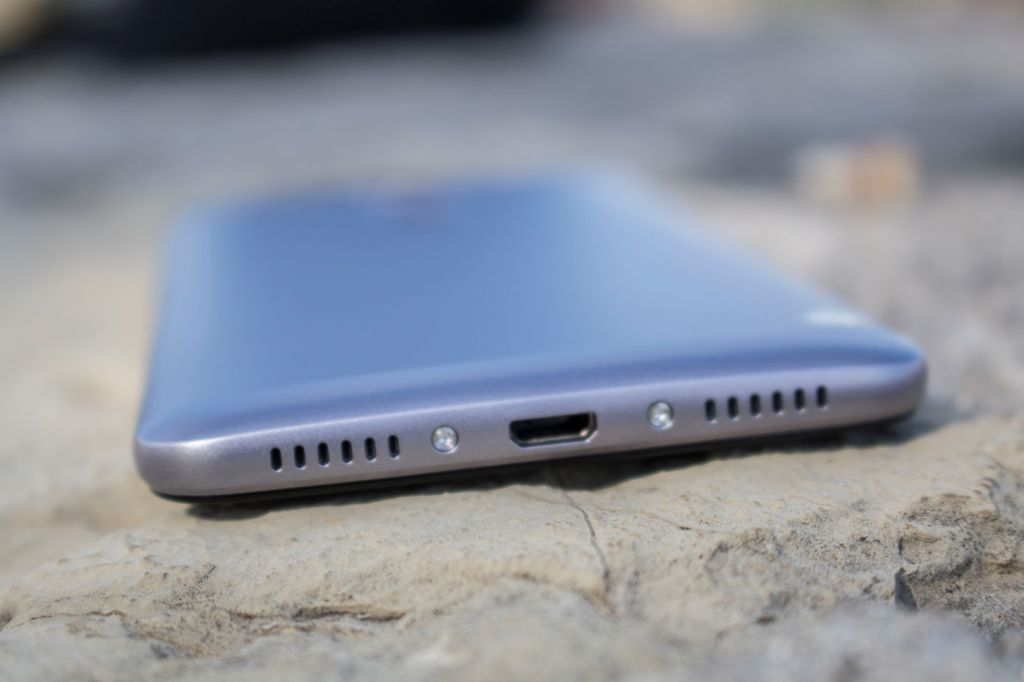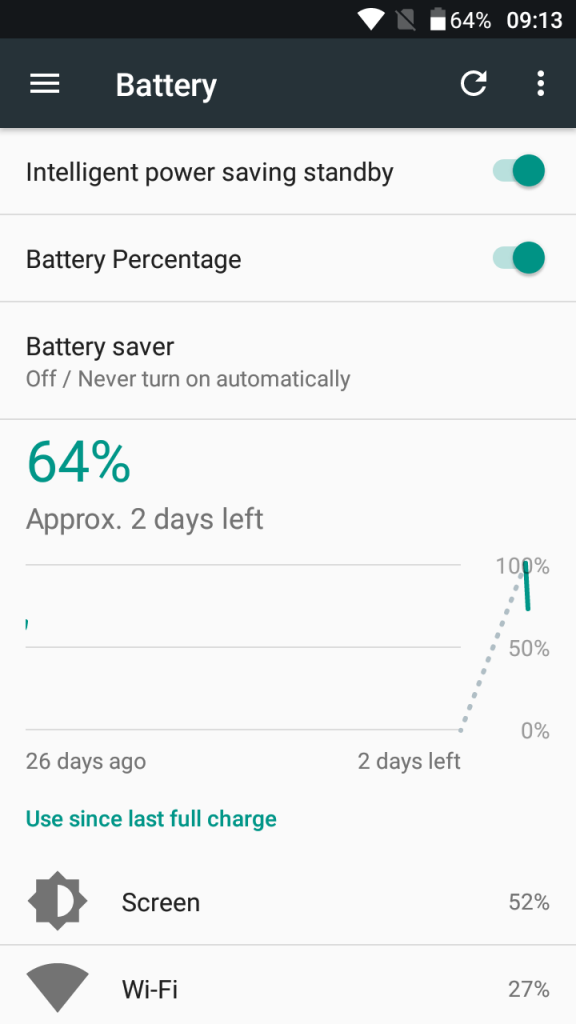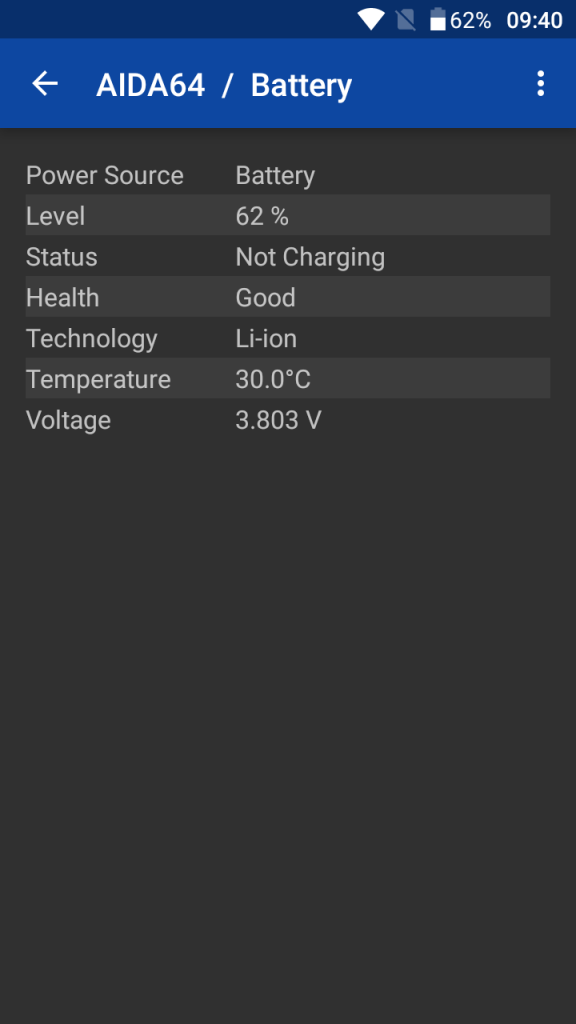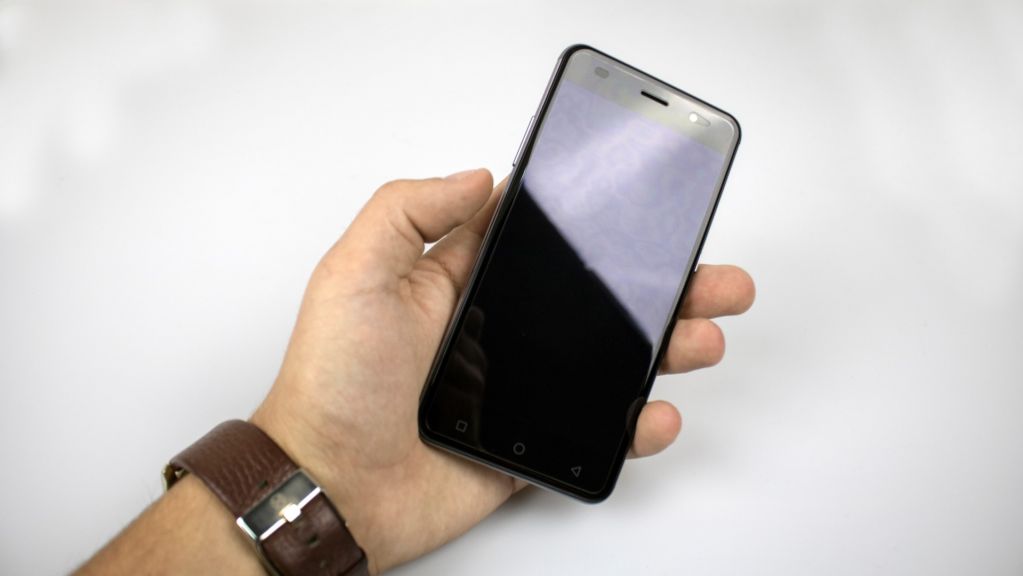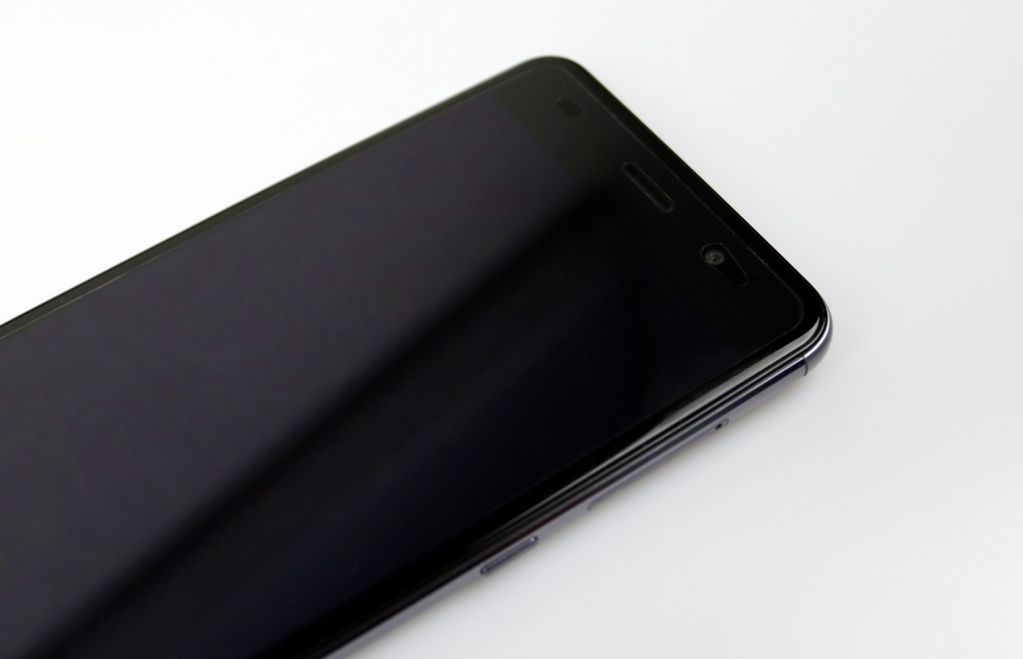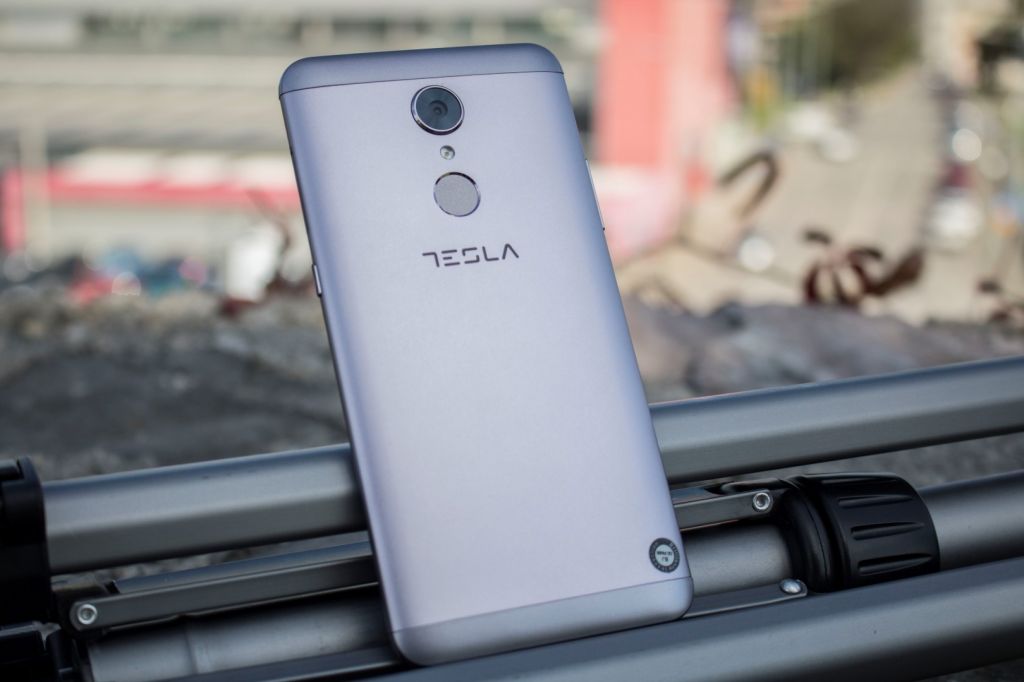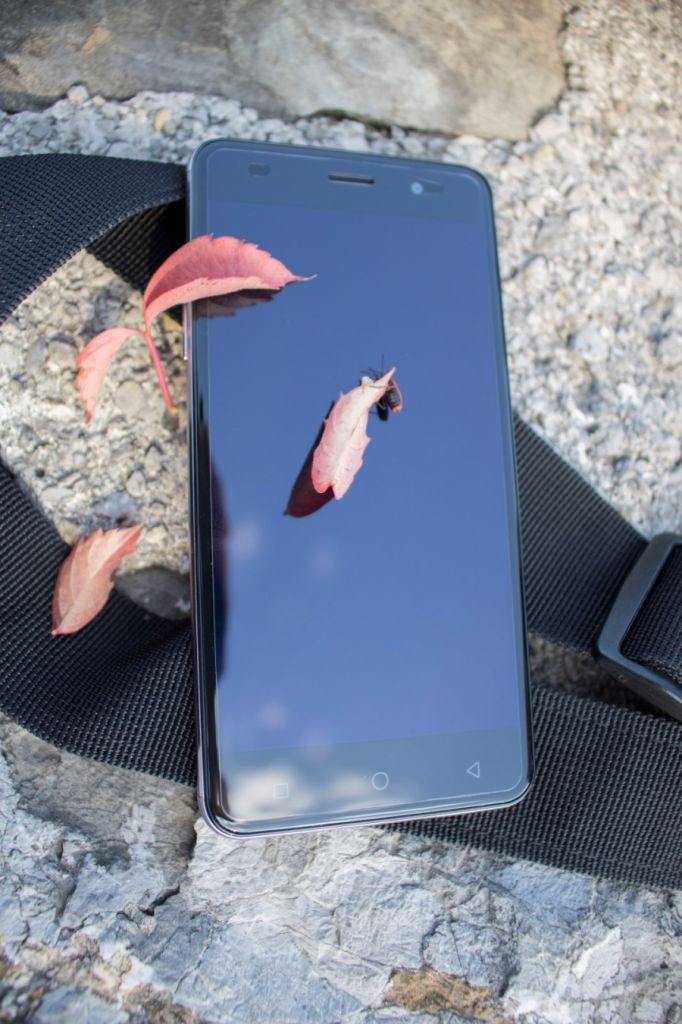
Introduction
The Serbian Tesla brand continues with new smartphones in the domestic market. After we saw the Tesla 6.2 and 6.2 Lite in June, which represented the middle class, now we got a new, refreshed version meant for this class – the Tesla 6.3. It is the new representative of Tesla middle class SmartPhone line-up, and compared to its predecessor, we have a new version of Android and a fingerprint scanner which improves the privacy. Something that Tesla has definitely improved is the build quality, so now we have the fully aluminum chassis. Overall, the device is smaller, which is a good thing, and it is also lighter than the predecessor. Inside the factory box, you can find: user manuals, an original gel case, 3.5mm in-ear headphones, a microUSB cable and a SIM tray tool. For our test, we have the Gray color version, but next to it, the Black version is also available. What does the new Tesla for the middle class bring us, with metal chassis, similar performances and the same display? Let’s take a look together!
Video review
Unboxing
Display
The thing that has basically stayed the same as in the predecessor is the display. There is still the 5” IPS LCD display, with HD 720p resolution. The aspect ratio is 16:9, and all this results in 294 pixels per inch. The OGS technology adds to lesser light reflection and smaller thickness of the device. The screen is protected by Asahi Dragontrail glass.
Considering the same specifications as on the predecessor, one might expect the same image quality, however, there are some changes. The sharpness has remained the same, since it is conditioned with the specifications of the panel, which are unchanged, but the visibility on the sunlight is worse than it was on the predecessor. Still, the views on the screen look very good, especially HD contents which emphasize all advantages of the 6.3’s panel. HD resolution is certainly bad news in 2017, as we’d much rather see FullHD resolution on a 5” display, but it is what it is. FullHD is available only in the stronger Tesla 9.1.
Hardware and OS
Something we can’t quite grasp is why Tesla opted for a weaker chipset in the 6.3 compared to the one built into the 6.2. It is still a MediaTek chipset, but this time a quadcore one. The exact model is MT6737, which was built into the 6.2 Lite, which was far cheaper. This chipset is based on a 28nm process. All four cores are Cortex-A53, and they are clocked at 1.25 GHz. The GPU built into this device is ARM Mali-T720, which really is the lower limit considering the 6.3 has an HD resolution panel. Same as in the 6.2, the 6.3 has 3GB of RAM paired with 32GB of storage, which shouldn’t be an issue since it is still a solid memory setup.
Storage is also expandable up to 64GB via a microSD card. Navigating through the menu and the general performances of the 6.3 during everyday use are great, but when executing more demanding contents, weak hardware shows its dark side. Gaming on the 6.3 isn’t very fluid, but it will be enough to satisfy an average user. Problems, however, emerge during longer sessions of playing modern 3D games, due to which the hardware tends to overheat which results in a drop in performances. Put simply, this device is not capable of running more and more demanding 3D games. Luckily, the Tesla 6.3 runs on Android 7.0 OS which is still very up-to-date despite the fact that we have the Oreo in some devices. The OS is free of bloatware, which is definitely an advantage. Further software updates are unlikely to happen considering the only average hardware. The thing that, for the most part, sets apart the 6.3 from the 6.2 is the fingerprint scanner. The 6.3 has one build into the back side of the device, just below the main camera sensor and the LED flash.
Tesla SmartPhone 6.3 uses a single speaker located on the bottom of the device for sound reproduction. Although it has 2 speaker grills, the looks are misleading – it is still mono sound.
Camera
Photo experience with the 6.3 is very similar to the 6.2. On the back side we have the same 13MP resolution sensor which is backed by an LED flash for low light shooting conditions. Auto-Focus system is here and we do notice faster focusing speed, although no official announcements have been made about this system. EIS (electronic image stabilization) is here to mitigate the effects of a shaky hand, and there is also an option to take 4:3 ratio images, which lets us use the full 13MP resolution, and an option to take 16:9 ratio images which doesn’t use the full resolution. Other settings are: HDR, Anti-Shake, Zero Shutter Lag, ISO settings, Self-Timer, Face Detection, Anti Flicker and exposition settings. When we speak about the quality of photos made by the 6.3 – we are not disappointed. A step further, compared to the 6.2, is obvious.
The noise is on a far lower level, the sharpness is very good, and color reproduction is great. We even liked the “macro” images, which are very detailed and with very little noise. Videos have, however, failed this time as well. Although the FullHD resolution is decent, videos are recorded in the ancient .3gp format which surely affects the quality. Scenes are fluid, although not always at 30fps, videos are pretty detailed, but with very poor white balance. Continuous auto-focus would definitely be welcome, but you’ll have to do your focusing manually. The front facing camera still has 5MP resoultion, and it offers decent results, and using HDR mode very good photos can be made. HDR will definitely do a good job “pulling out” fine details from the shadows and parts of the image which are too bright. Videos are captured it VGA 480p resolution, and by today’s standards, they are of pretty bad quality.
Connectivity
Tesla 6.3 is a DualSIM device which uses two SIM standards: microSIM and nanoSIM. It has a hybrid slot, which can support a microSD card in the nanoSIM slot, leaving you with an option to use only the microSIM card. This device supports 4G networks, which is definitely a “must have”. Tesla didn’t reach for the Type-C connector in either of their new devices, so both the 6.3 and the 9.1 use the good old microUSB. The 3.5mm headphone port is here, which we fully support. When we speak of wireless connections, we have:
- WiFi 802.11 b/g/n
- Bluetooth 4.1
- FM Radio
- A-GPS
A downside is definitely the lack of NFC.
Supported frequencies are:
- 2G GSM : 850 / 900 / 1800 / 1900 MHz
- 3G WCDMA : 1900 / 2100 MHz
- 4G LTE : 800 / 900 / 1800 / 2100 / 2600 MHz
Battery
Tesla has continued with the unibody design, meaning that this time as well, the battery is non-removable. It is a Lithium-Polymer battery with the capacity of 2400 mAh. Since this device doesn’t support fast charging, full charge takes around 2 and a half hours.
Final words
Tesla 6.3 is a good device, especially if we consider the price which is very affordable. The question, however, remains – why didn’t Tesla make a more distinct difference between the predecessor and the new device? It is nice to see the fingerprint scanner and better build quality, which certainly help bring the 6.3 to a new level, but the weaker chipset might be a dealbreaker for advanced users. Also, we’d like to see the NFC system. If you’re looking for a new device, the Telsa 6.3 is an interesting choice, especially considering price tag and build quality.
Do you like the Tesla SmartPhone 6.3? We’d like to see your opinion in the comment section below. If you have any ideas or you would like to see a specific device being reviewed soon, feel free to let us know here or on our Facebook page. If you liked this review, subscribe to our Youtube channel, like us on Facebook, and sit back and relax while we make more of the same for you.




